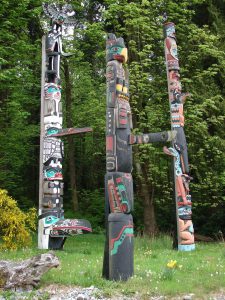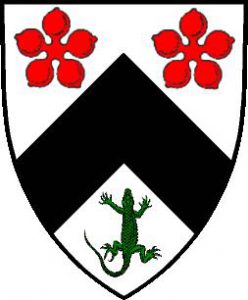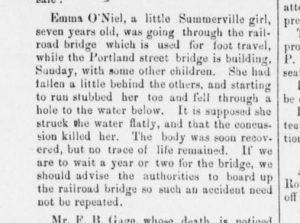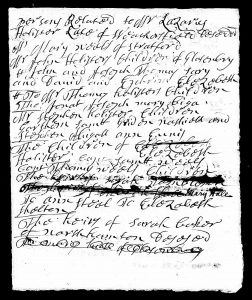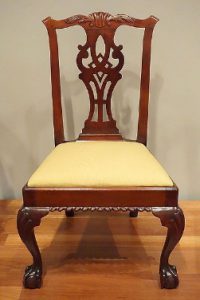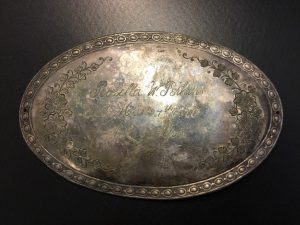
The seventy-second anniversary of the Yalta Conference, 4–11 February 1945, also marks the anniversary of my uncle’s death in Operation Argonaut, the Allied support mission that provided safe escort to the conference for President Roosevelt and Prime Minister Churchill in their historic meeting with Joseph Stalin of Russia. The goal of the conference was to decide how post-war Europe would be governed, even though there was still heavy fighting in France (the Battle of the Bulge had just ended on 25 January). Hindsight reveals that many of the agreements and concessions made during the conference led to the Soviet Union’s domination of eastern Europe for forty years. Continue reading Yalta, 1945
